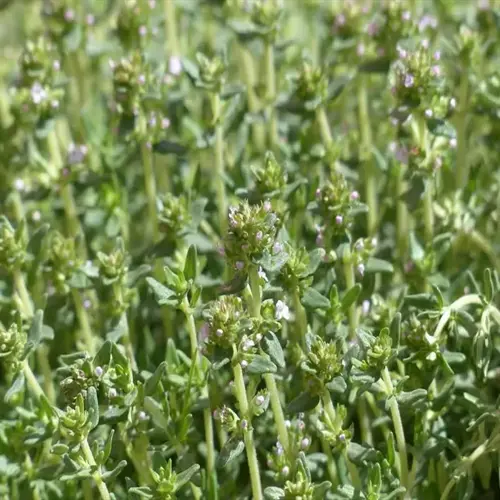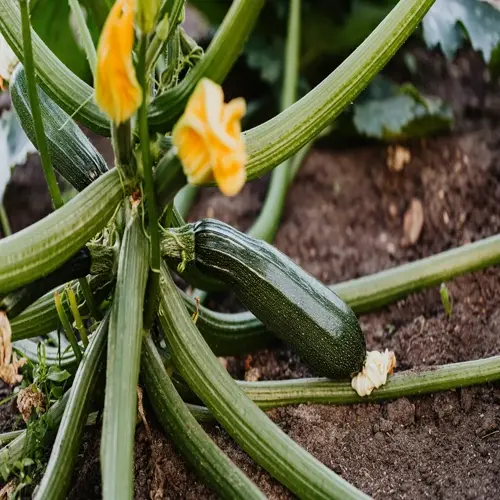Why is tarragon difficult to grow successfully?

Written by
Liu Xiaohui
Reviewed by
Prof. Charles Hartman, Ph.D.Despite tarragon's culinary value, many gardeners struggle to grow it. This herb has more demanding growing needs than hardier plants. As a Mediterranean herb, it is susceptible to gardening practices that could affect most other plants. Knowing what tarragon does not like will help you grow tarragon when others cannot.
French tarragon has an interesting propagation challenge. It produces no seeds that can germinate, unlike most other herbs. You must start plants from cuttings or divisions. This creates a very short list of propagation methods. I figured this out after wasting some seeds when the seed packet was mislabeled.
Soil Requirements
- Drainage: Sandy loam prevents deadly root rot
- pH Level: 6.5-7.5 range for nutrient absorption
- Composition: 2-3 inches compost for structure
Water Management
- Frequency: Water only when top 2 inches dry
- Signs of Stress: Yellow leaves signal overwatering
- Drainage Solutions: Raised beds combat heavy soils
Climate Sensitivity
- Temperature Sweet Spot: 60-75°F (15-24°C)
- Humidity Control: Maintain 40-60% to prevent mildew
- Extreme Protection: Shade cloth above 90°F (32°C)
Temperature changes are significant challenges. Tarragon will stall below 50 °F (10 °C) and scorch above 90 °F (32 °C). Seasonal adjustments become critical. You can insulate in the winter with mulch and shade cloth during hot spells. My plants do well with these simple treatments.
In many areas, humidity control remains important, as excessive humidity can lead to fungal conditions such as powdery mildew. To help create better air circulation, space plants 18-24 inches apart. Choose terra cotta versus plastic containers. Take these steps to save my plants in humid summers.
Achieving success with tarragon requires in-depth knowledge of its nature. Replicate its natural condition in the Mediterranean climate. Focus on developing drainage systems and controlling the environmental temperature. Use good cuttings from a nursery to start your own tarragon plant. If you have patience, you will enjoy flavorful leaves that enhance sauces and chicken.
Read the full article: How to Grow Tarragon: A Complete Guide

